
Aircraft Systems Technician
Skip to section:
About the role Career progression and training Salary and benefits Entry requirementsDo you think you could strip down an aircraft and rebuild it? With this job you’ll find out how – servicing, overhauling and maintaining all our aircraft systems and components.
- ServiceAir Force
- SpecialisationEngineering and Technical Trades
- LocationVaried
-
Starting Trade Training$64,177
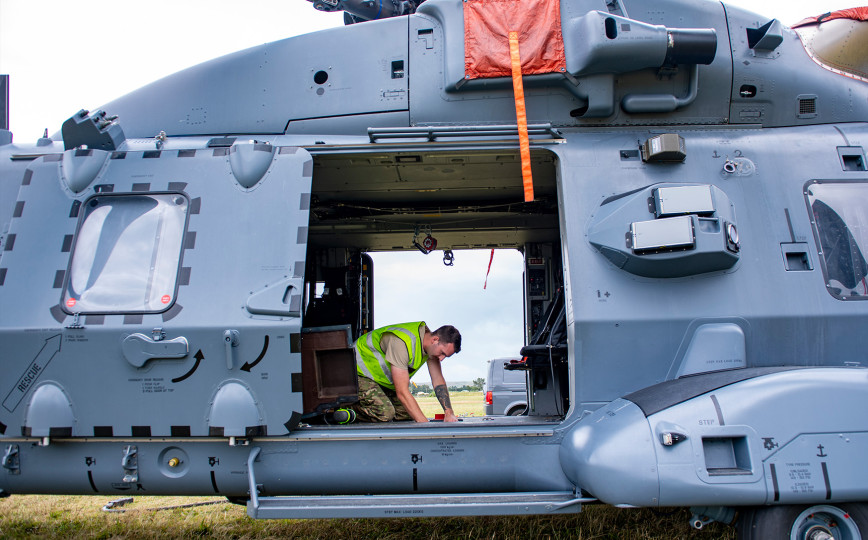
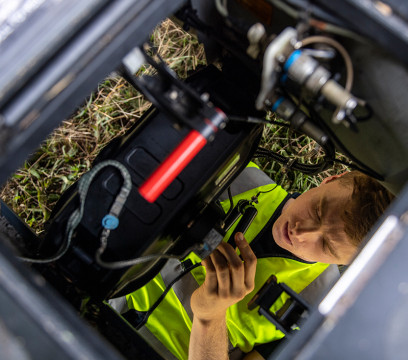
About the role
As an Aircraft Systems Technician you’ll be a member of the ground crew, jointly responsible for maintaining all aircraft mechanical systems used on the Royal New Zealand Air Force (RNZAF) aircraft. These systems include aircraft structures, flight controls, engines, propellers, helicopter rotors, hydraulics, pneumatics, landing gear and fuel. Your duties will range from day-to-day servicing of aircraft on the flight line to scheduled maintenance to maintaining the aircraft as it travels overseas.
Job on base
Aircraft Maintenance
It is your job to keep all our aircraft and associated components in optimum condition for the conduct of military operations. As the RNZAF fleet of aircraft and helicopters are upgraded or replaced, you will be required to work with the latest technology. Also, with the advancement of technology there is a greater integration with avionic trades, especially in the way aircraft systems are operated and maintained. Fault diagnosis and general maintenance activities involves a greater emphasis on the use of specialist electronic equipment and on-board computer systems.
Squadron Duties
RNZAF flying squadrons are the focus of aircraft operations and, as part of a ground crew, you will be responsible for maintaining aircraft, conducting fault finding, servicing and receiving and despatching aircraft for flying tasks. You will perform systems-based operational level maintenance, including the installation and removal of components, and conducting the operational checks and servicings to ensure that aircraft systems are fully serviceable for the next day’s flying.
The technology used in the aviation industry is ever changing, and as such you’ll be required to operate a wide range of test equipment, including computer applications software to assist with maintenance checks, ground running of aircraft engines and aircraft systems and also the rectification of faults. Squadron based Aircraft Systems Technicians also perform intermediate level maintenance when an aircraft reaches a prescribed number of flying hours. Before the aircraft can fly again it must be intensively cleaned, inspected, tested, components replaced and the aircraft fully reassembled and made fit to fly again.
Maintenance Bay Duties
Where aircraft component faults cannot be fixed during operational level maintenance on the squadrons, you will remove the components from the aircraft and send them to specialised maintenance bays for repair. These bays are staffed by your fellow Aircraft Systems Technicians who are responsible for the maintenance of all uninstalled aircraft components, ensuring all spares can be fitted immediately upon request. Within the bay maintenance area aircraft components are dismantled, tested, repaired and returned to service to meet flying squadron demands.
Job on deployment
When squadron aircraft deploy overseas for routine flights, peacekeeping, disaster relief or military operations they take Aircraft Systems Technicians with them to service and repair the aircraft. These personnel are required to operate without the broader support provided from their home base. When selected to complete this role you can expect the unexpected. You will be living in an environment that is likely to be very different from home, interacting with supporting personnel that are likely to speak in a different language. You will also quickly grasp the way in which New Zealand contributes to a very wide range of international events. You will feel the exhilaration of having a direct impact on air operations, as you and your team will be pivotal to maintaining the aircraft in a state where it is capable of meeting all mission demands.
I’ve been on a few deployments which include the Middle East, Canada, America and a major one I really liked was Antarctica.
Career progression and training
Career Progression
Basic Training
Job Training
Ongoing Training
Specialist Training
As you gain experience and progress within your trade, you will be appointed to positions where you are responsible for the supervision of squadron or bay level maintenance. Aircraft Systems Technicians are also required to work in technical administration sections to ensure that airworthiness standards are maintained on the squadrons and in the RNZAF as a whole.
Personnel who have completed their trade training may also have the opportunity to apply for the specialist roles of Non-Destructive Testing (NDT) and Composites.
NDT is the ability to test aircraft structures for defects without dismantling the structure. This specialisation involves the employment of modern inspection methods, such as Ultrasonics and Infrared Thermography to look ‘inside’ aircraft structure. This skill is becoming more important as our aircraft evolve around composite structures (glass fibre, carbon fibre and Kevlar) rather than the traditional aluminium structure.
Aircraft Systems Technicians trained in Composites are those responsible for the maintenance of all advanced composite components within the RNZAF fleet. Advanced composites materials are defined by their high strength-to-weight ratios and expense. They include: Carbon Fibre, Fibreglass and Aramid (Kevlar®) amongst many others, and utilising various methods; they do everything from inspecting and repairing of damaged structures to building a replacement part from scratch.
The opportunity also exists for Aircraft Systems Technicians to deploy on Royal New Zealand Navy ships in support of seaborne helicopter operations.
Upon successful enlistment into the Air Force you will be posted to RNZAF Base Woodbourne (near Blenheim) for your Recruit Course. Here you will do 12 weeks of basic military training to find out if you’ve got what it takes to be in the Air Force, and learn various subjects including:
- Organisation and Administration
- RNZAF Customs and Protocol
- Drill and Parades
- Military Field Skills and Weapon Training
- First Aid, and Search and Rescue Techniques
- Physical Fitness
- Teamwork and Self Discipline
PRIMARY TRADE TRAINING
Aeronautical Engineering Fundamentals Course
After your Recruit Course, you will complete a full-time 20-week Aeronautical Engineering Fundamentals Course. This covers core knowledge and skills for aeronautical engineering, including:
- Construction materials
- Science
- Workplace safety
- Tools and machinery
- Maintenance practices
- Maintenance processes
Aircraft Mechanics Course
This 38-week Aircraft Mechanics Course covers:
- Airworthiness Policy
- Aircraft Safety
- Aircraft Structures
- Aircraft Systems
- Aircraft Propulsion Systems
- Supporting Avionics Maintenance
- Bay Servicing Aircraft Components
- Operating Level Maintenance and Routine Servicing
- Technical Administration
- Dangerous Air Cargo
- Human Factors in Maintenance
During this course you will receive theoretical and practical training on the principles of operation, as well as theory of construction and maintenance of fixed and rotary wing aircraft and their components and systems.
Subjects covered include the inspection, fitting and removal and maintenance of aircraft components, and an overview of aircraft structures, flight controls, undercarriages and brake systems, hydraulic systems, environmental control systems, fuel systems, gas turbine engines, propellers, ignition and lubrication systems, accessory gearboxes and transmissions. Instruction is also given in the use of maintenance documents and engineering publications.
On-the-job training
After graduating from the Aircraft Mechanics Course as a junior Aircraft Systems Technician, you will be posted to a technical unit for approximately two years. With the support of your Training Manager, you will consolidate your skills and knowledge with on-aircraft work experience.
You'll complete your workbook by working across maintenance bays and gaining experience with different aeronautical components and structures.
ADVANCED TRADE TRAINING
Aircraft Technician Consolidation Course
Once you have finished your on-the-job training, you will be posted back to Woodbourne to complete a 6-week Aircraft Technician Consolidation Course, which includes;
- Airworthiness Policy
- Technical Administration
- Human Factors in Aircraft Maintenance
- Fault Diagnosis of Airframe & Propulsion Systems
On completion of this course you will be an aircraft systems technician and posted to a technical unit. During this time you will be eligible to apply for a New Zealand Certificate in Aircraft Servicing level 3 (after around two years) and a New Zealand Certificate in Aeronautical Engineering (Applied Skills) level 4 after around four years.
With the foundation laid during your primary and advanced trade training, a large variety of post graduate training and experiential opportunities exist, providing a wide scope of professional development opportunities. This includes specialisation training in technologies or aircraft systems, and generalist training where you can advance your knowledge in other technical or non-technical areas.
Specialist technical training depends on where you go with your career, and can include aircraft replacement/upgrade project roles, aircraft research, design and development roles, specialist technology roles, instructor roles and technical management roles.
Non-technical training can include Defence Force management and leadership training and sponsored external training through NZ universities or polytechnics.
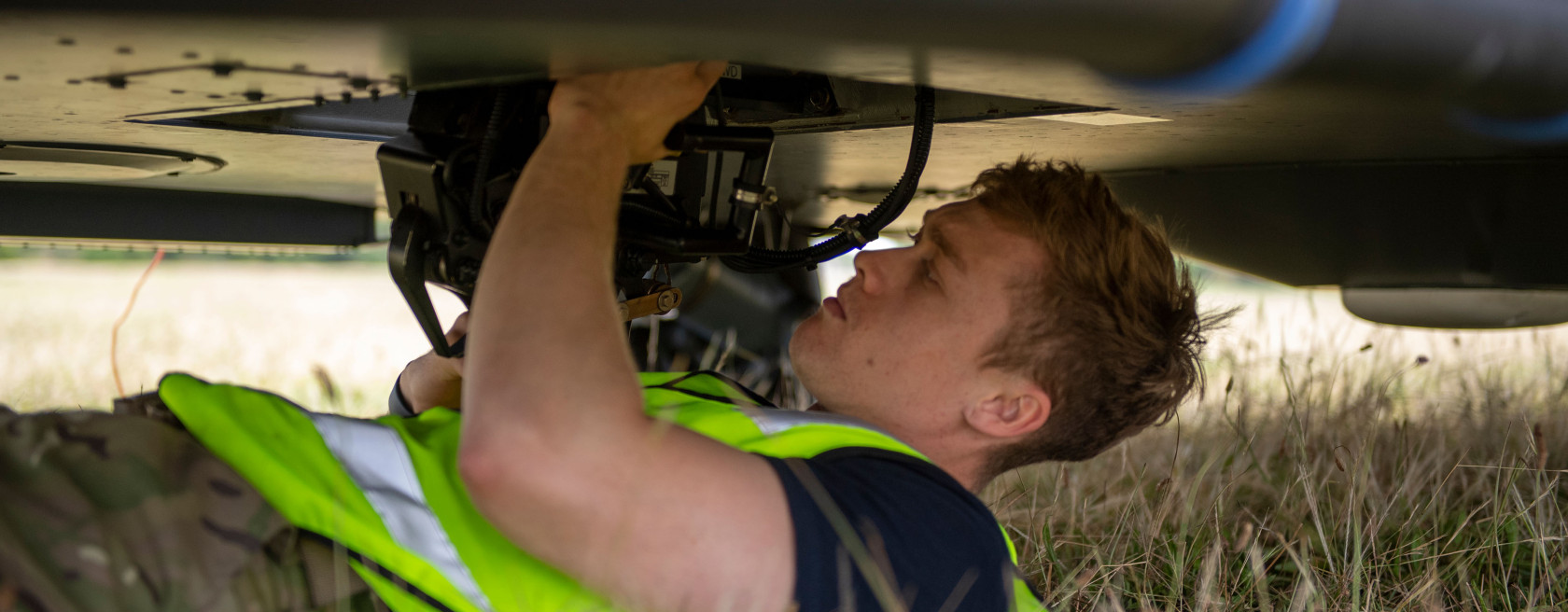
Salary and benefits
Careers in the Air Force are well-rewarded, as well as being diverse and exciting. As you become more experienced and move up through the ranks, gaining additional skills and qualifications, you will see your salary rise accordingly.
$50,597
Under Initial Training
$64,177
Starting Trade Training
$129,061
Future Potential Earnings
Figures updated on July 1st 2023
Benefits and allowances
Earn a competitive salary while training or learning your trade, along with additional allowances for time spent in the field, at sea, overseas, or deployed on operations.
In addition to salary and allowances, other benefits of joining the New Zealand Defence Force include:
Access to your Service marae or tūrangawaewae
Sponsored tertiary study programmes at all levels
Free access to gyms and swimming pools on camp and bases
Opportunities to travel
Free and subsidised medical and dental care
Subsidised food and accommodation on camps and bases
Free and subsidised insurance cover
Help to buy a home and save for retirement
Entry requirements
Basics
Education
Fitness and Medical
Citizenship
Period of Service
- You must be at least 17 years of age.
- Meet the citizenship & security requirements to gain CV security clearance for this trade.
Minimum: NCEA Level 2 certificate.
Find out more about the NCEA levels and certificate requirements
- You must be medically fit for service.
- Colour perception restrictions may apply.
There are strict citizenship and security requirements to gain the required SV security clearance for this trade.
Your RNZAF training is some of the most thorough and advanced in the world.
On graduation as an Aircraft Technician, you’ll be obliged to spend another 24 months in the Air Force.

Ready to start your Air Force career?
Other jobs you might like
You can also browse jobs by specialisation to narrow down your search.
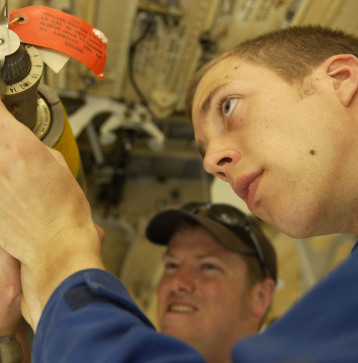
Applications Open
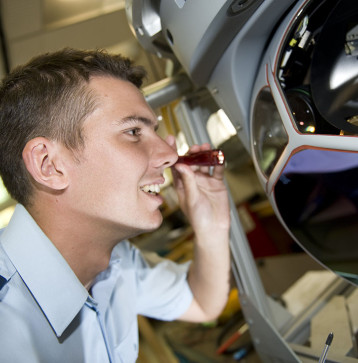
Applications Open
